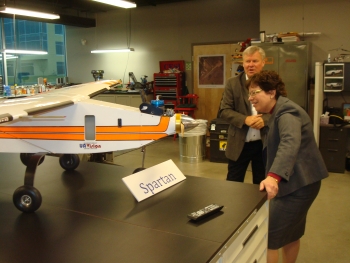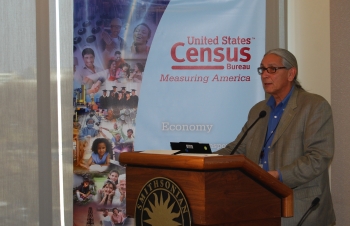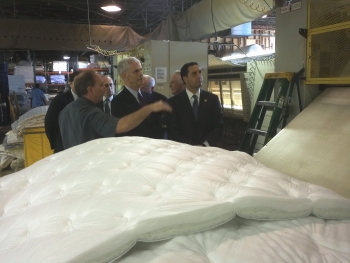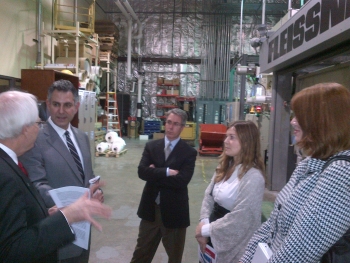Public-Private Standards Efforts to Make America Strong
Blog post by U.S. Chief Technology Officer Aneesh Chopra and Patrick Gallagher, Under Secretary for Standards and Technology and Director of Commerce's National Institute of Standards and Technology
Standards—agreed upon parameters such as the size and shape of electrical outlets, the number of threads per inch on machine bolts, or the tolerances allowed for various medical tests—are critical to American competitiveness, technological innovation, and global trade because they facilitate manufacturing, speed delivery, and enable the widespread use of countless products and services in the market today. Standards also play a key role in public safety, as a new report (PDF) makes clear.
Most standards are developed and adopted by industry, but in cases where we face national challenges, the Federal Government can help accelerate the process.
That’s why the administration recently highlighted its commitment to the United States’ industry-led, voluntary and consensus-driven standards system with the release of a White House Memorandum that lays out principles for Federal engagement in standards activities that address national priorities. The administration recognizes the importance of the Federal Government working with the private sector to address common standards-related needs and taking on a convening or active-engagement role when necessary to ensure a rapid, coherent response to national challenges. Full joint blog by Chopra and Gallagher








